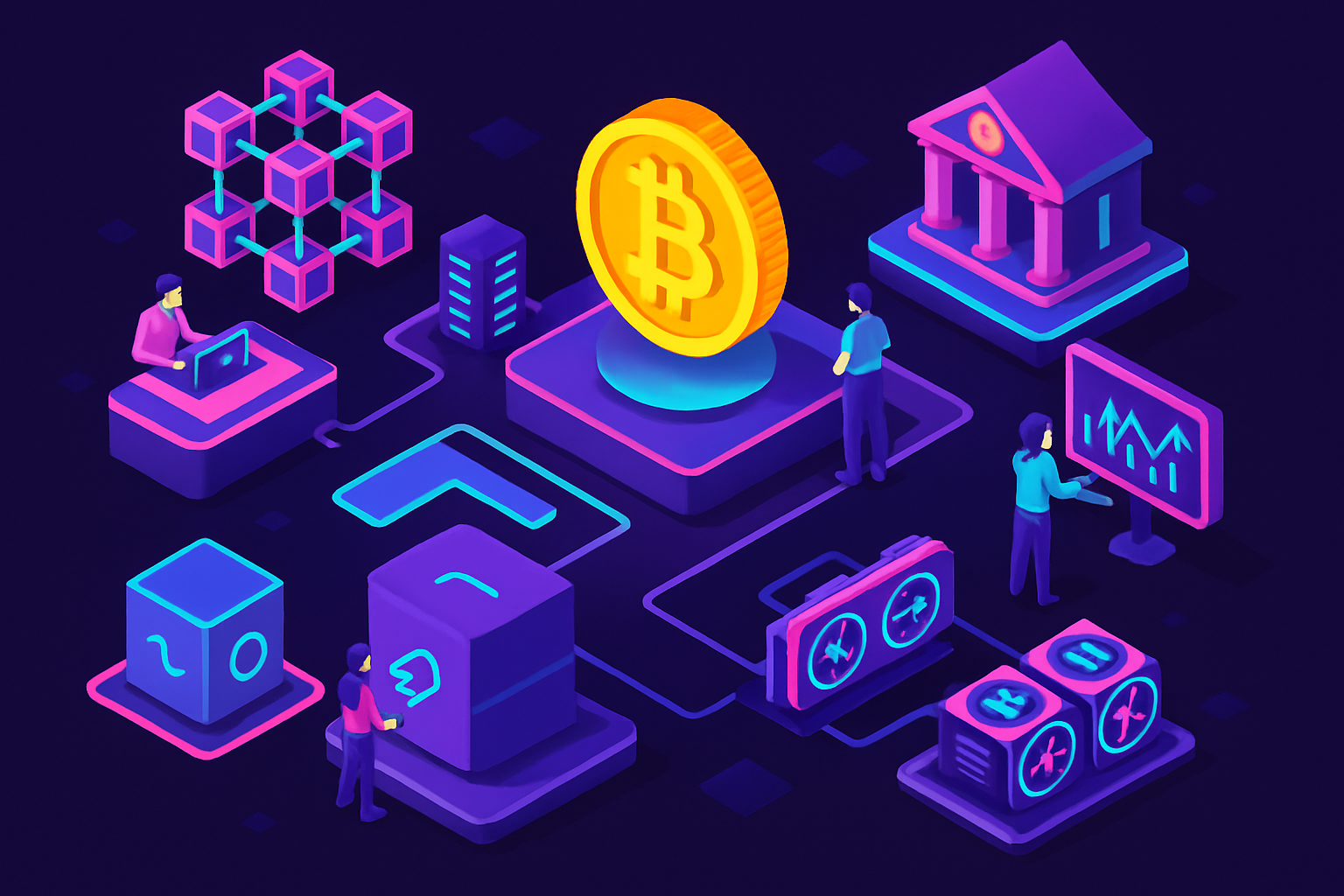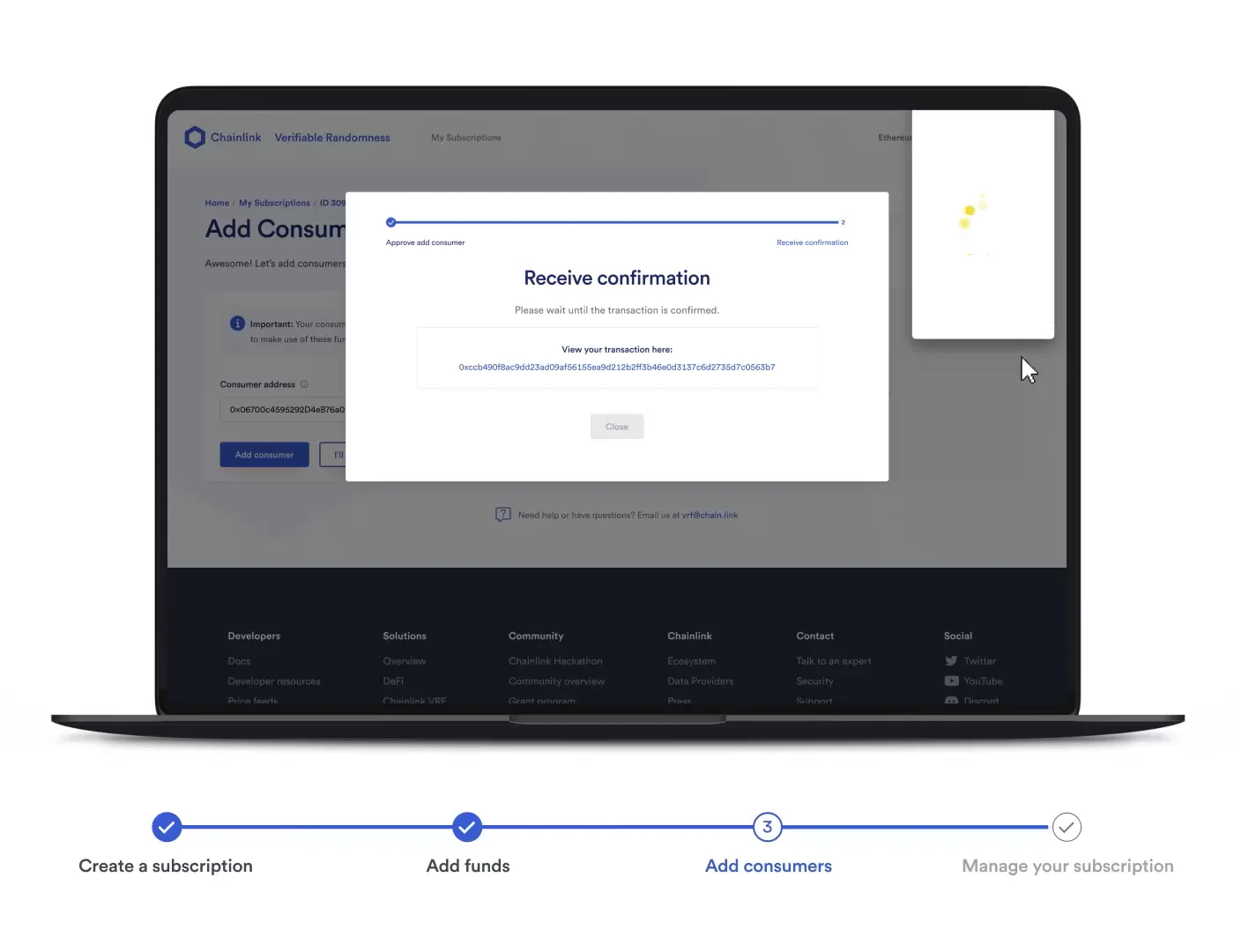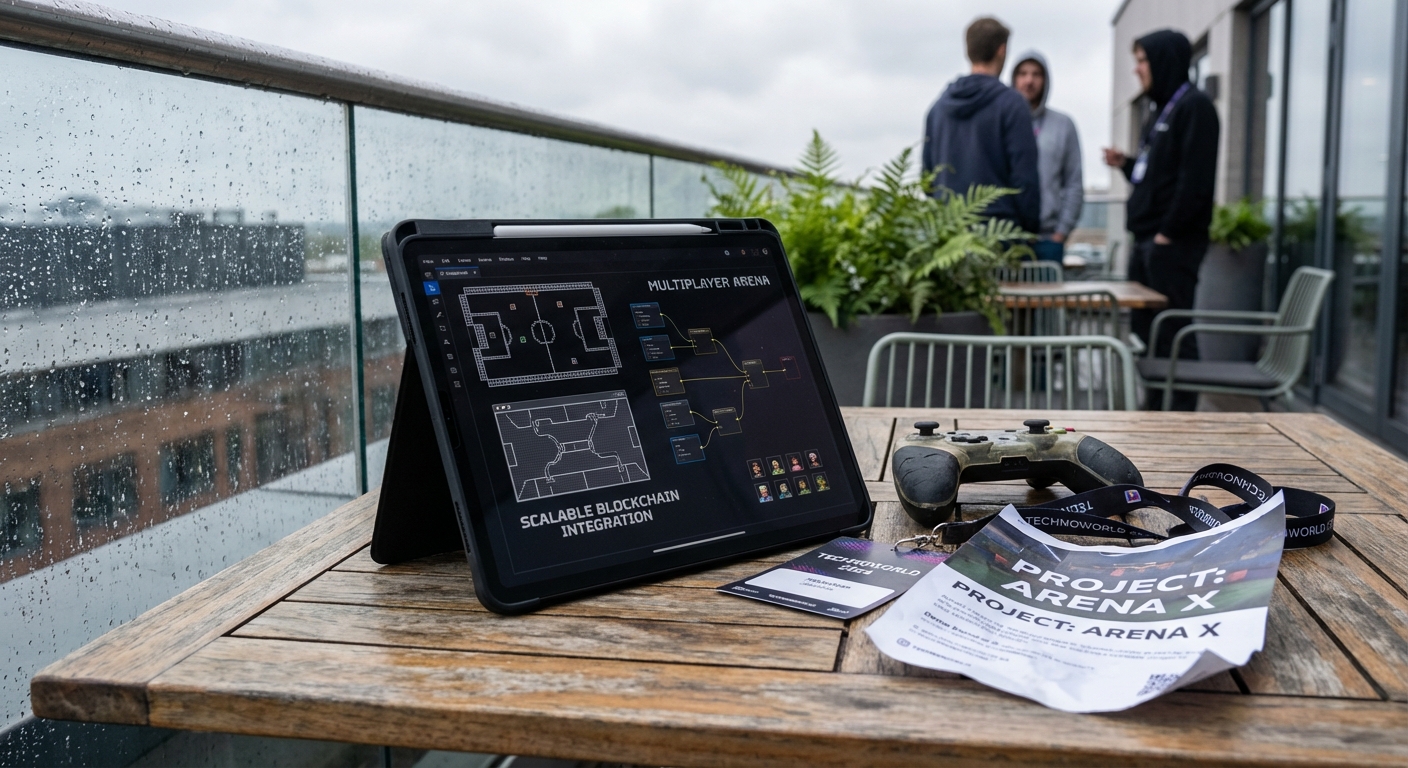Provably Fair On-Chain Lotteries: How Chainlink VRF and DAOs Are Reinventing Gaming Trust

Blockchain gaming is entering a new era of trust and transparency, and nowhere is this more obvious than in the rise of provably fair on-chain lotteries. For years, the lottery industry has been plagued by skepticism about fairness, opaque odds, and central points of failure. Today, projects like Bullion Labs – The Game DAO are turning that narrative upside down by leveraging Chainlink VRF and decentralized governance to deliver lottery experiences that are not only fair, but mathematically provable and community-driven.
![]()
Let’s cut to the chase: Chainlink (LINK) is currently trading at $18.29, reflecting a 24-hour change of -3.23%. This price action matters, because Chainlink’s VRF (Verifiable Random Function) is the gold standard for randomness in on-chain games, and its adoption rate often correlates with the growth of blockchain gaming ecosystems. In a market where trust is currency, Chainlink’s cryptographic approach to randomness is setting the bar for what it means to be truly fair.
Chainlink VRF: The Engine Behind Provable Fairness
At the heart of this revolution is Chainlink VRF, a protocol that generates random numbers along with cryptographic proofs, all verifiable directly on-chain. This means every lottery draw, NFT mint, or randomized game event can be independently audited by anyone, anytime. No more taking a developer’s word for it – the math does the talking. For example, PoolTogether uses Chainlink VRF to ensure that every prize winner is selected with ironclad fairness, driving user confidence and long-term engagement.
Chainlink VRF isn’t just about randomness – it’s about transparency. In traditional systems, even if RNG (random number generation) is claimed to be fair, there’s always a black box somewhere. On-chain, with Chainlink VRF, every draw is public, every proof is verifiable, and manipulation risk drops to near zero. This is exactly why projects like Bullion Labs – The Game DAO have made Chainlink VRF a core pillar of their lottery architecture.
Bullion Labs – The Game DAO: Real-World On-Chain Lottery Innovation
Bullion Labs – The Game DAO stands out as a pioneer in deploying multi-chain crypto lotteries that are both transparent and secure. By integrating Chainlink VRF, they guarantee that every winner and runner-up selection is tamper-proof and auditable. This isn’t just marketing spin – the underlying smart contracts are programmed to use VRF results directly, eliminating any possibility of human intervention or algorithmic bias. Plus, their system runs regular balance checks using the Chainlink protocol, ensuring every lottery is fully collateralized and compliant with its own rules.
The Game DAO isn’t limited to one chain – users can enter lotteries with USDT across Binance Smart Chain and Polygon, opening up access to a wider pool of participants and liquidity. This multi-chain approach, combined with DAO-based governance, means that every rule change, prize distribution, or protocol upgrade is decided by the community, not a central authority. The result? A level of trust and transparency that legacy platforms simply can’t match.

DAO Governance: Power to the Players
The shift toward DAO lottery governance is more than just a technical upgrade – it’s a philosophical one. By putting control in the hands of token holders and participants, DAOs ensure that decisions are made transparently and with community consensus. In practice, this means everything from prize structure to fee models can be voted on by those who actually use the platform. For example, Bullion Labs leverages DAO voting to implement new features, adjust entry requirements, and fine-tune their lottery mechanics based on real user feedback.
This model aligns incentives between developers and players, creating a feedback loop that fosters innovation and rapid iteration. When combined with verifiable randomness from Chainlink VRF, DAOs deliver a double punch: provable fairness at the technical layer, and democratic accountability at the governance layer.







